Teaching Physical Literacy within Physical Education
Physical Education Ideas
DECEMBER 31, 2023
teaching in regard to the four domains of physical literacy. When we teach, we know it is our job to get students moving and enjoy being active because we know (or should know) that everyone has the potential to value, develop and maintain positive physical activity behaviors for life.

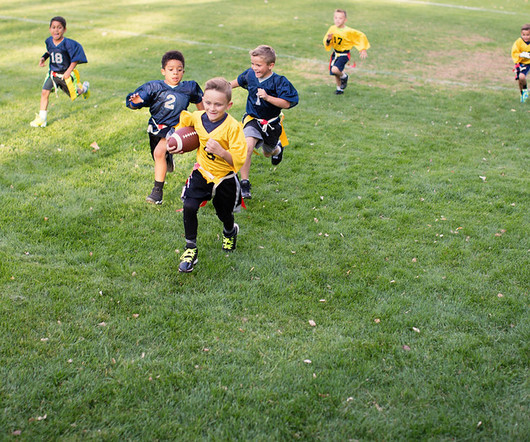
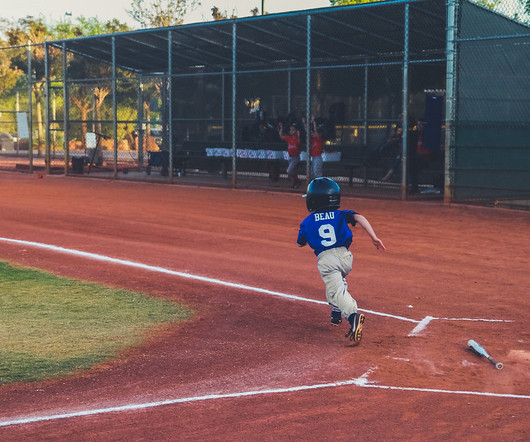
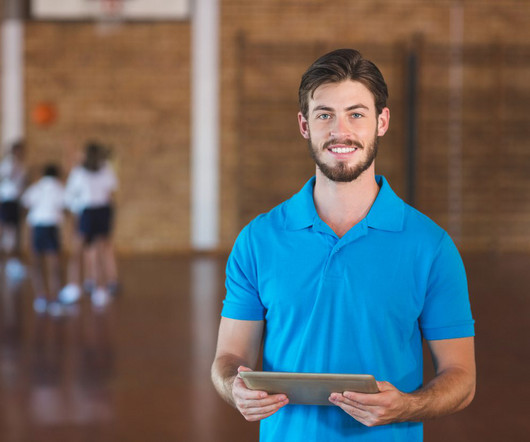

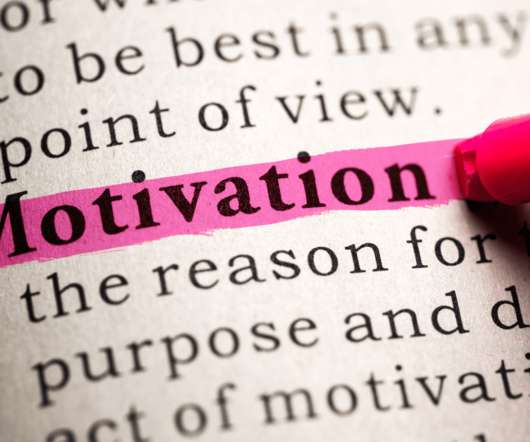
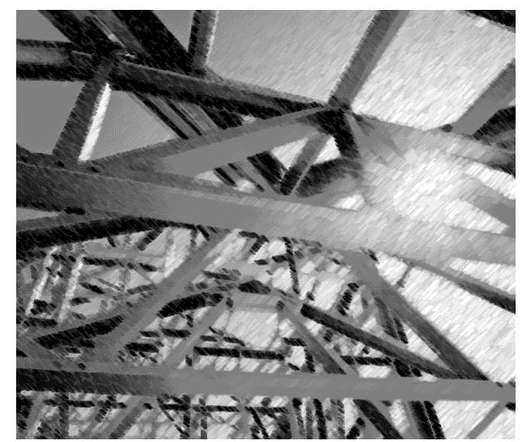







Let's personalize your content